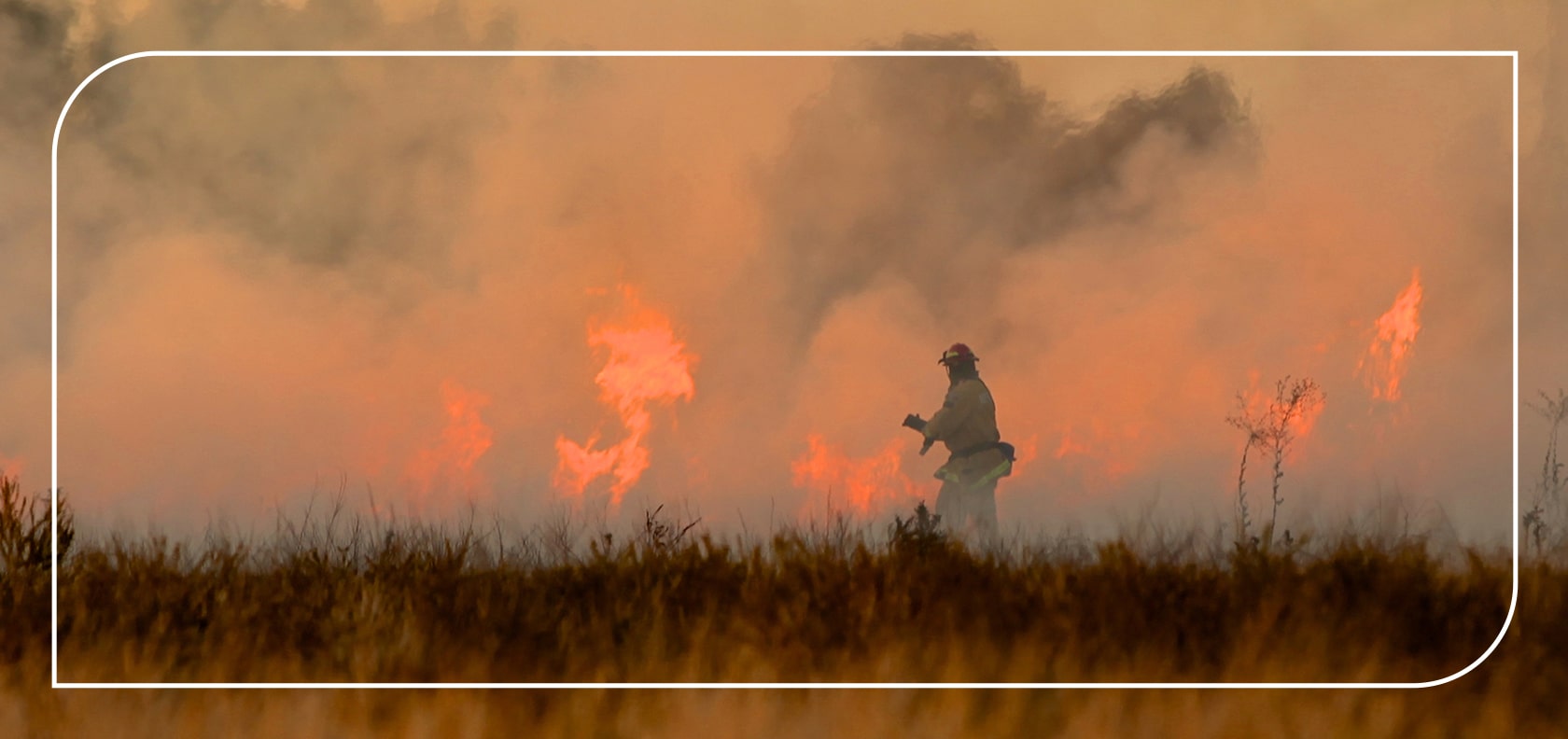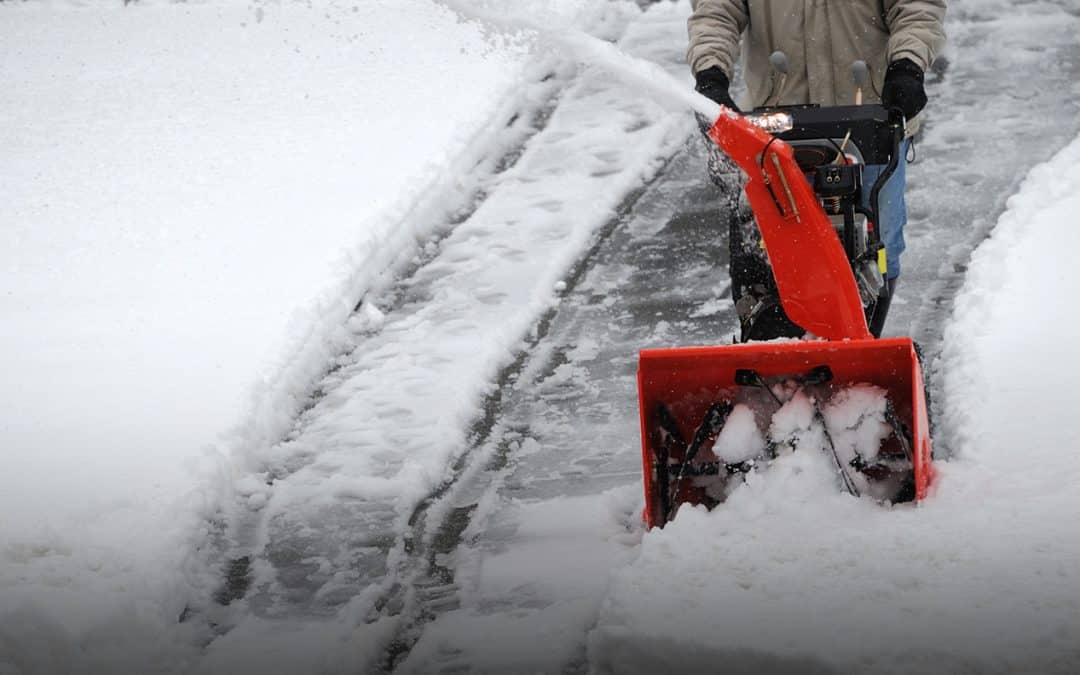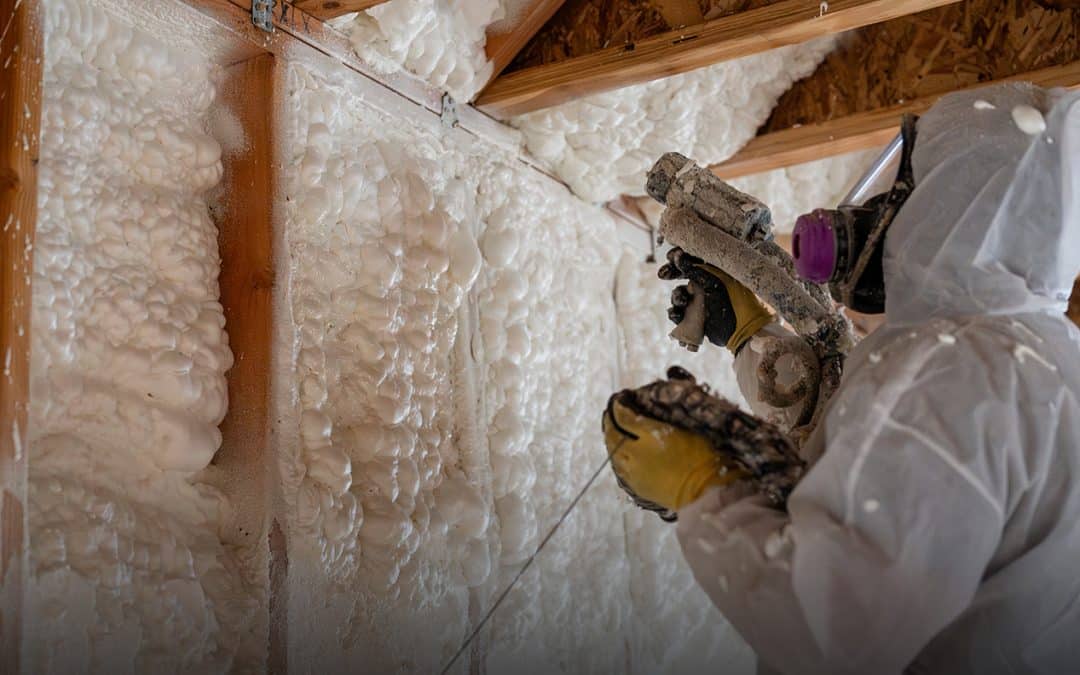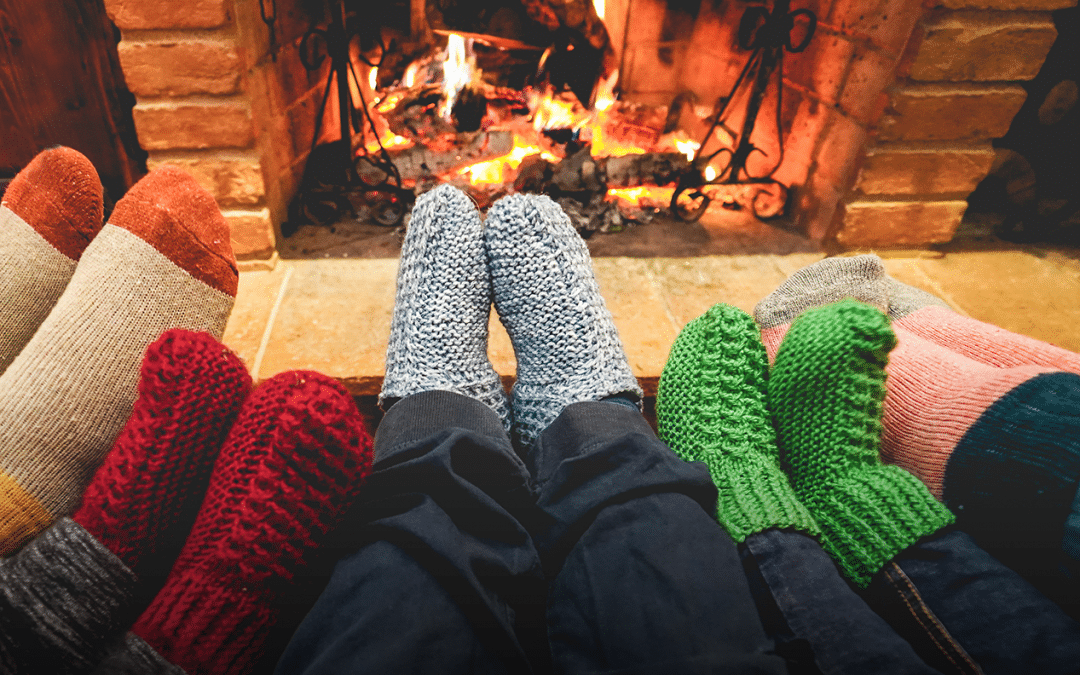Wildfires threaten the homes and properties of millions of residents in the United States every year. However, several things can be done to prepare for a potential disaster.
According to the National Interagency Coordination Center (NICC), 64,897 wildfires were reported nationally in 2024, compared to 56,580 the year before. Of the reported wildfires, 8.9 million acres burned compared to 2.6 million in 2023.
Additionally, the NICC reported that 4,552 structures were destroyed by wildfires in 2024. That number included 2,406 residences, 2,066 minor structures, and 80 commercial/mixed residential structures.
California led the country with the most wildfires and acres burned in 2024, with just over 1 million acres, according to Cal Fire. The agency said that of the 8,024 wildfires reported, 2,148 structures were damaged or destroyed.
According to the National Centers for Environmental Information, wildfire losses in 2024 were estimated at $1.8 billion.
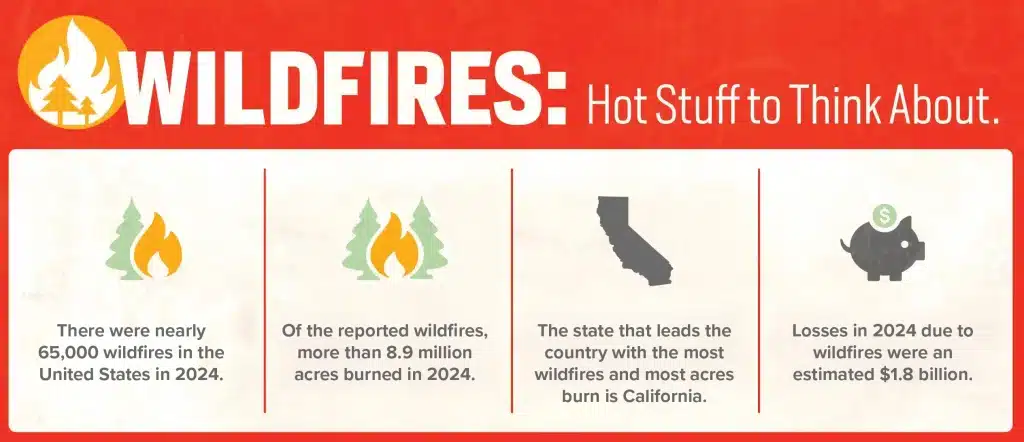
To help prepare in the event of a wildfire, MAPFRE Insurance has some recommendations.
Prepare your home
Because the roof is the part of your home most vulnerable to an outside fire, make sure you clean your gutters of dry leaves and use the right roofing material. Instead of wood or shingles, opt for steel, tile or composition roofing materials if possible. Wood is also common for walls but, since it is highly combustible, ignition resistant materials like fiber cement or stucco are better options.
Get defensive on your property
It’s important to create defensible space between your home and the grass, trees, or shrubs surrounding it, according to CAL FIRE. The space, or buffer, should be categorized into two zones, and items that can easily ignite should be removed to slow or stop the spread of a wildfire. These zones will also provide firefighters with a safer area to work in should they need to battle a blaze. Zone 1, according to CAL FIRE, extends 30 feet from buildings, structures, or decks to your property line – whichever is closer. Zone 2 extends from 30 feet to 100 feet from buildings, structures, decks, or your property line – whichever is closer.
In Zone 1:
- Remove dead grass, dead plants, and dry leaves from the yard
- Keep chimney(s) cleaned and screened
- Scatter trees and keep tree branches trimmed
In Zone 2:
- Make the driveway accessible with a visible street address
- Place wood piles and fuel tanks at least 30 feet away from structures
- Keep storage sheds away from the house
- Regularly prune trees and brush, removing dead leaves and needles
- Avoid outdoor burning; recycle mulch and compost
Create an emergency plan
Knowing where to receive emergency alerts from authorities and coordinating an evacuation plan with your family is critical. Developing an emergency supply kit, including food and fresh water for three days, flashlights, first aid kits, and cell phone chargers, is also vital. Check out ready.gov for more suggestions on an emergency plan and supply kit.
Make sure your insurance is in order
Call your independent agent or carrier to understand what your policy covers and make sure your policy is updated to reflect any changes to your property. If you are a tenant, we recommend purchasing renters insurance to cover any losses to personal property in the event of a fire.
Take an inventory
If a fire damages or destroys your home, replacing your possessions may be easier if you previously documented the contents inside. Save receipts in a fireproof lockbox or save them to the cloud, and record your rooms, garage, closets, appliances, and valuables with video and photos. To fully prepare, check out great resources like the California Department of Forestry and Fire Protection for more advice. Most importantly, stay safe and pay close attention to fire and public safety officials in your region as wildfire threats escalate.
We hope you found these tips on wildfires helpful. Make sure you have the right coverage for your home with MAPFRE by talking to an independent agent in your state. If you don’t have MAPFRE, see how much you can save by getting a fast, free quote online in Massachusetts today!
